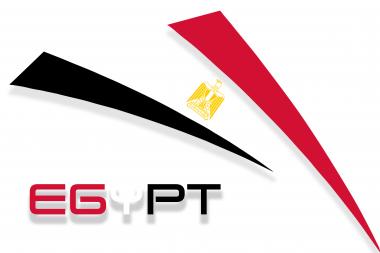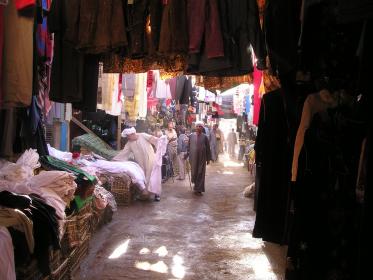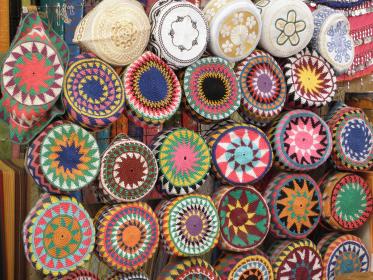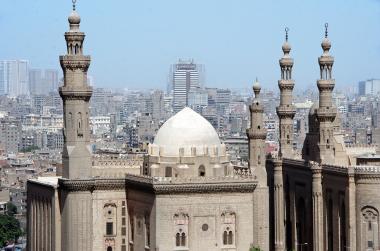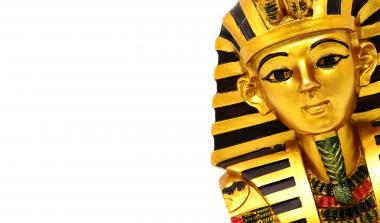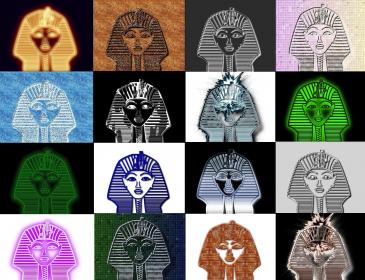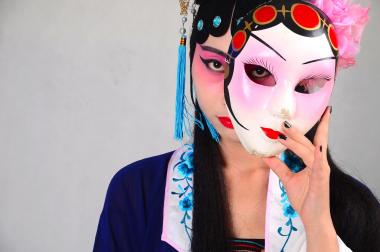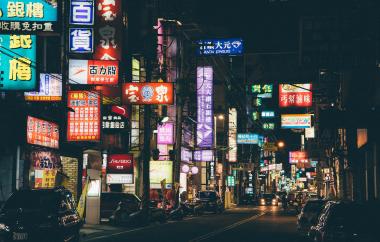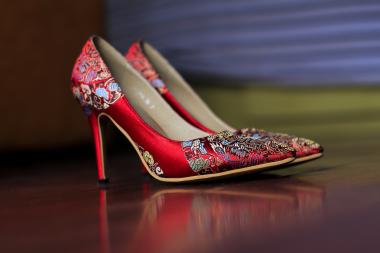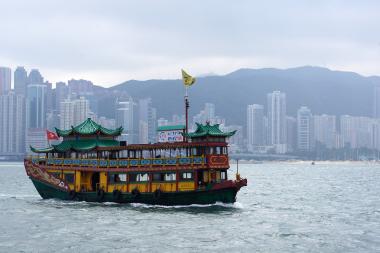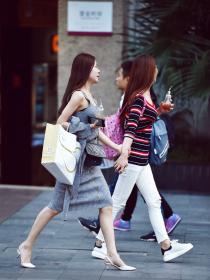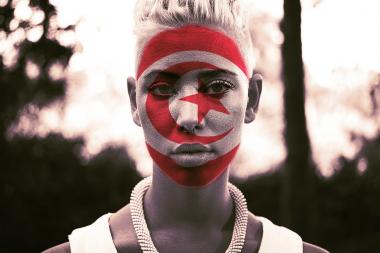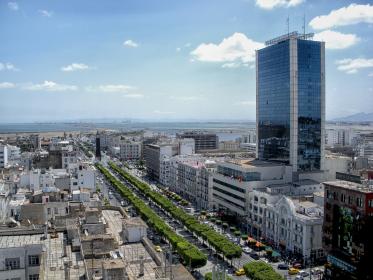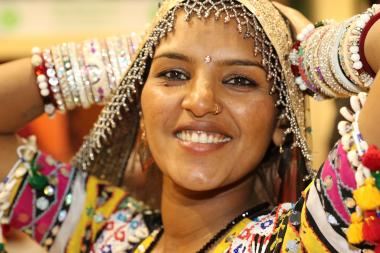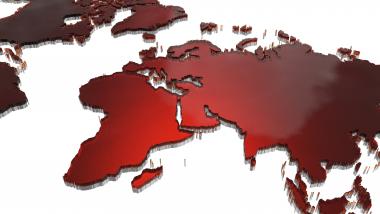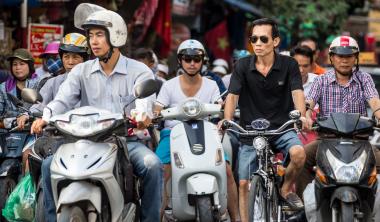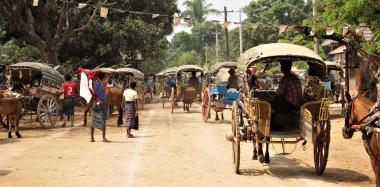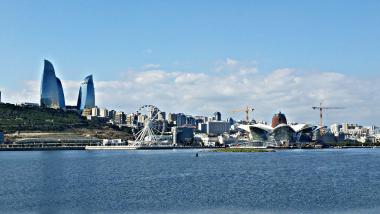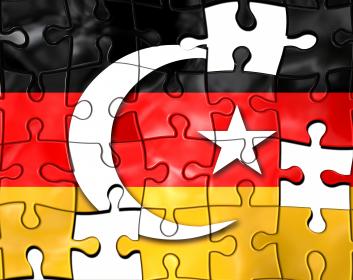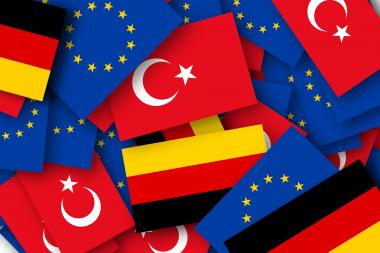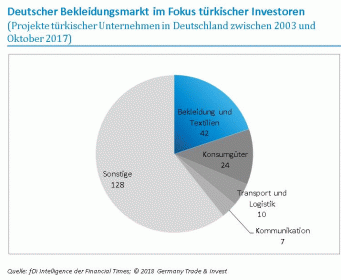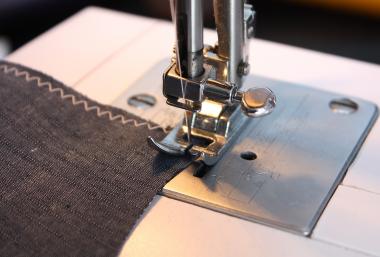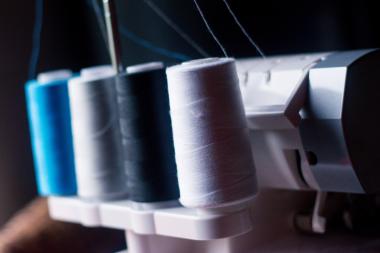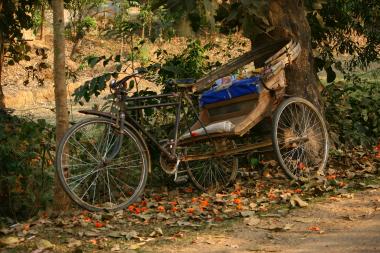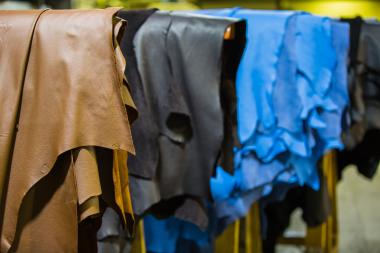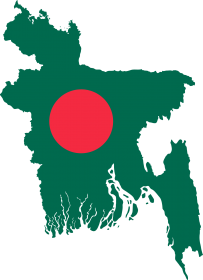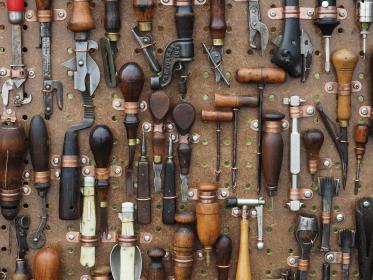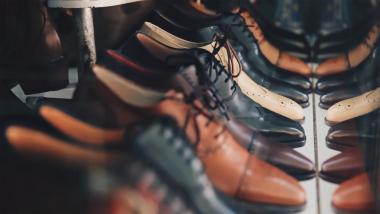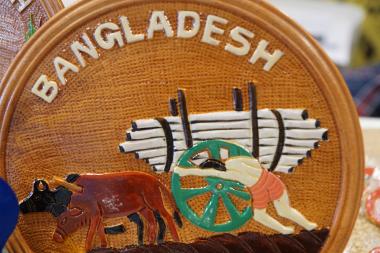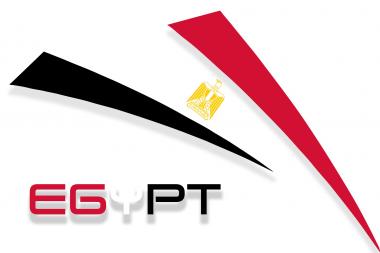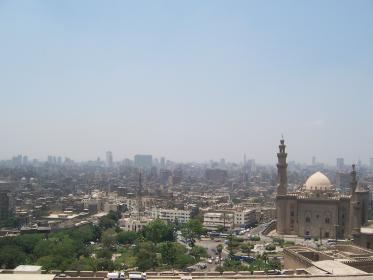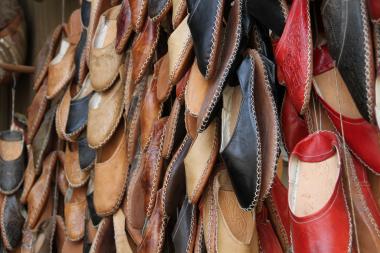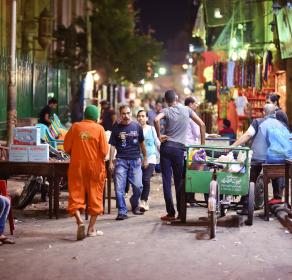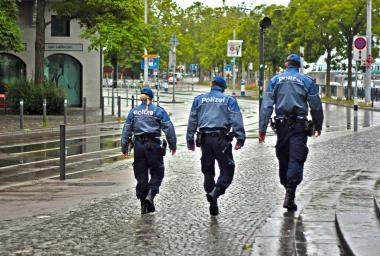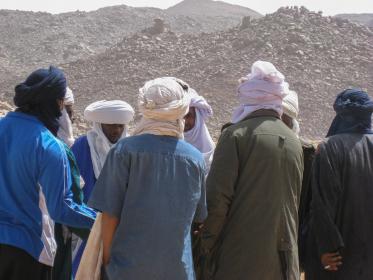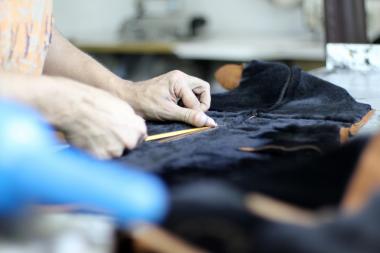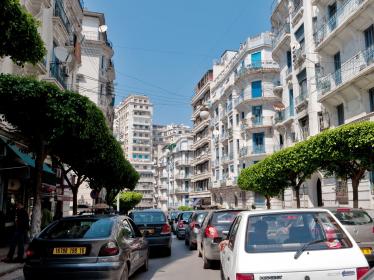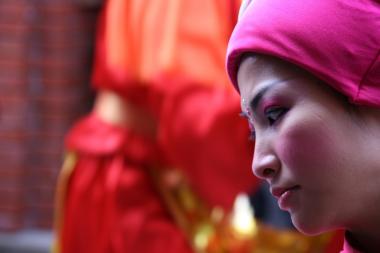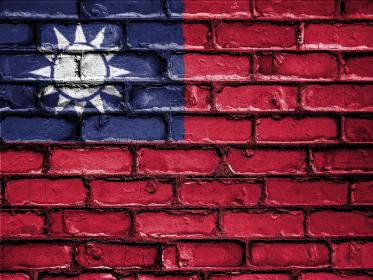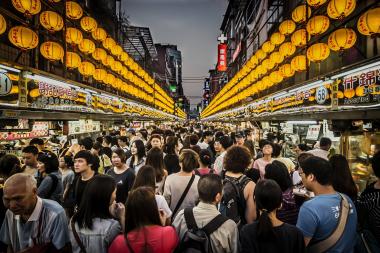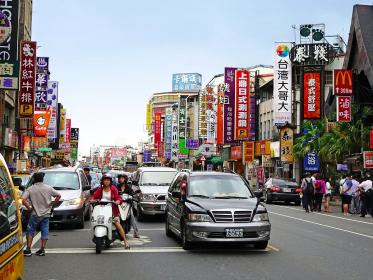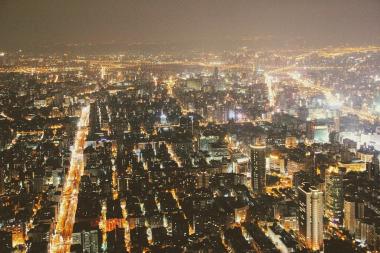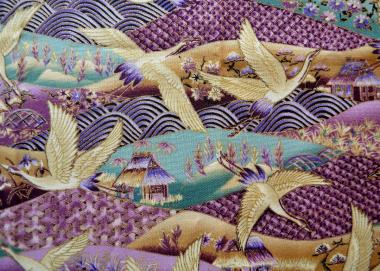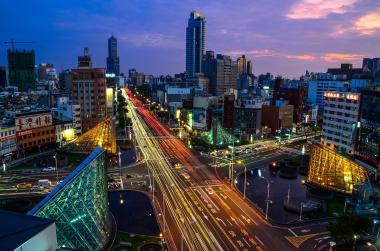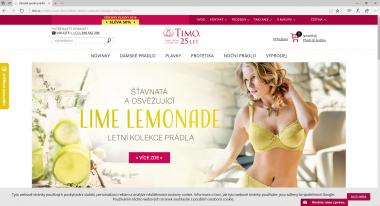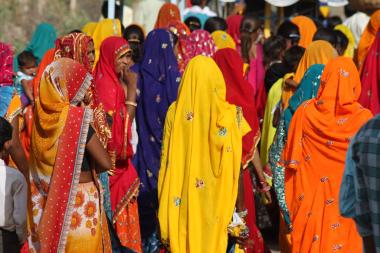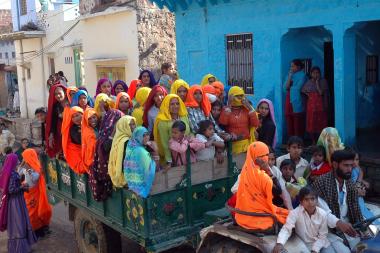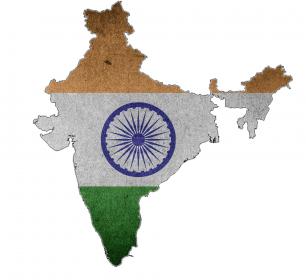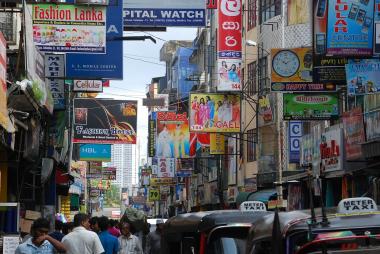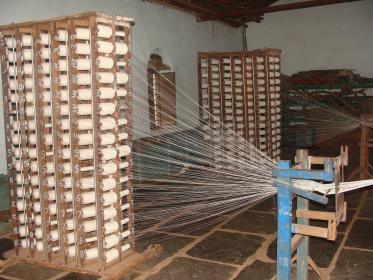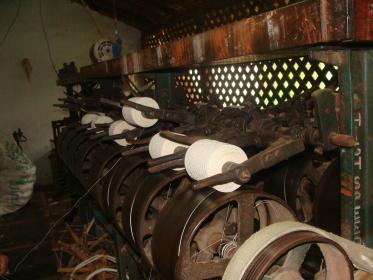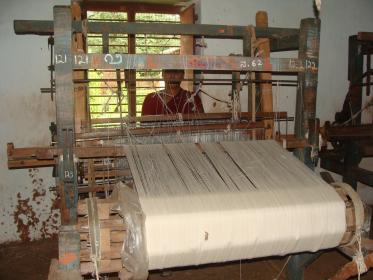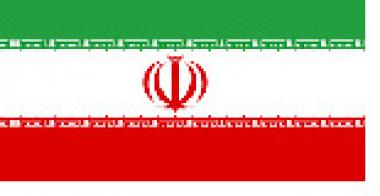EGYPT'S TEXTILE AND CLOTHING SECTOR FACING MODERNIZATION
- State enterprises get better equipment
Cairo (GTAI) - The Egyptian government plans to modernize the textile sector and private companies are investing in new locations. Increasing machine imports and clothing exports are expected.
In the Egyptian textile and clothing industry, the signs are pointing to expansion and modernization. Local media reported on a number of private and public investment projects. According to the newspaper Al Gomhouria, a Chinese producer in the Suez Canal economic zone is planning the world's largest textile factory for USD 6 billion. The Chinese companies TIDA and Shoon Dong Roy want to build a clothing factory for 800 million USD. Sino-Egypt Minkai is planning to build a textile industry complex for around USD 750 million.
The Egyptian state also wants to strengthen the textile and clothing production. In November 2018, the Minister of State Enterprise Hisham Tawfiq negotiated an extensive restructuring of the Cotton & Textile Holding Company with Werner International of the USA. According to press reports, the properties of 14 of the 25 cotton ginning plants should be sold. The ministry estimates the value at USD 1.5 billion. This appropriation is intended to cover the repair of machinery and the import of new equipment for the eleven remaining companies.
A free zone for textile production will also be created in Minya on the initiative of the state. This industrial zone is to be built on an area of 2.2 million square metres: The General Authority for Free Zones and Investment intends to launch the project before the end of 2018.
In autumn 2018, the Cotton & Textiles Industries Holding Company and Marubeni of Japan signed a letter of intent. This relates to the construction of a new textile factory in Kafr El Sheikh. A reduced loan from the Japan Bank for International Cooperation secures the financing of the project.
Import demand for textile and clothing machinery expected to increase
The planned projects are expected to lead to a further increase of a demand of imports. Like other types of equipment, the vast majority of textile and clothing machinery is imported into Egypt. In 2017 the German share of deliveries fell by 8.4 percentage points to an year-on-year comparison to 12 percent. However, this reduction is put into a perspective by the fact that the reference year 2016 was a positive outlier. In 2015, the German share was still 15.8 percent.
| HS-Category | 2016 | Therof from Germany | 2017 | Therof from Germany |
| 8444 | 4,481 | 2,025 | 5,554 | n.v. |
| 8445 | 26,105 | 5,429 | 32,660 | 4,807 |
| 8446 | 23,591 | 13,346 | 26,170 | 4,493 |
| 8447 | 15,713 | 3,052 | 22,032 | 4,493 |
| 8448 | 20.574 | 3,365 | 18,013 | 2,698 |
| 8449 | 299 | 0 | 1,725 | 0.4 |
| 8451 | 36,512 | 2,334 | 37,887 | 3,511 |
| 8452 | 23,186 | 1,698 | 29,633 | 1,309 |
| 8453 | 3,678 | 137 | 9,892 | 155 |
| Total | 154,139 | 31,386 | 183,566 | 22,028.4 |
n.a. = not available
Source: Comtrade
Egyptian textile and clothing companies often produce with a lot of manual work and partly with very outdated machines. The government's aim is to create as many jobs as possible due to the continued population growth. On the other hand, a more automated and modern production would allow more complex products. These could be sold at a higher profit, but would also require less human labor.
Important role of the sector companies for the Egyptian economy
The textile and clothing companies in Egypt represent a significant and labor-intensive industry. Local and imported fibers are being processed in the country and there is a broad base of spinning mills, weaving mills, dyeing houses and manufacturers of clothing and home textiles. It is estimated that the companies employ between 1 million and 1.2 million people. A regional focus is Mahala El Kubra. State enterprises are strongly represented in the textile sector, while the private sector plays a greater role in the clothing sector. About 90 percent of the spinning and weaving mills are state-owned.
According to the Readymade Garments Export Council (RMGEC), the garment industry accounts for 3 percent of the country's gross domestic product, 15 percent of exports (excluding oil), and one of three industrial jobs in the country. From January to the end of August 2018, clothing exports to the RMGEC totaled USD 1,040 million. In the same period of 2017, exports amounted to only US$ 980 million.
| HS-Category | 2016 | 2017 | Change 2017 / 2016 |
| 57 | 303.5 | 313.9 | 3.4 |
| 60 | 35.7 | 44.3 | 24.1 |
| 61 | 388.0 | 466.0 | 20.1 |
| 62 | 756.6 | 910.7 | 20.4 |
| 63 | 227.2 | 231.1 | 1.7 |
| Total | 1,711.0 | 1,966.0 | 14.9 |
Source: UN Comtrade
The Qualified Industrial Zones (QIZ) play a special role. These are special zones with Israeli added value, which are fixed during production, and the products enjoy customs advantages when exported to the USA. Since 2005, the QIZ system has provided more private investments in the garment sector. Jeans and other clothing for well-known brands are delivered to the USA from the 25 zones.
Egyptian manufacturers are also generally not always recognizable as such, as they often manufacture for major international brands. Middle East Eye names Calvin Klein, Decathlon, Tommy Hilfiger and Zara as examples. In November 2017 Dice Sport and Casual Wear agreed to supply Levi Strauss & Co. with children's clothing.
The US company Disney even purchases 33 types of products from Egypt. Since 2017, Egypt has been cooperating with the International Labor Organization ILO as part of the Better Work Program. Working conditions are to be improved in 30 clothing factories. According to media reports, for Disney these measures were a reason to extend the licenses of the Egyptian suppliers until December 2019.
Currency effect improves competitiveness
The labor-intensive production benefited from the currency devaluation in 2016. According to a report by the news portal Middle East Eye, Egypt has at least 100 USD monthly salary for workers and is about at the same level as India or Bangladesh and at about 50 of percent Chinese salaries. In addition, prompt and fast deliveries to Europe and the USA are possible.
On the other hand, the companies are dependent on foreign supplies, which became more expensive. In Egypt especially soft and high-quality long staple cotton is cultivated and exported. Domestic producers, on the other hand, mainly use short-staple cotton and other foreign fibers as raw materials. The RMGEC complained about rising production costs in October 2018. Wages, electricity, water, natural gas, transports and more expensive imports of raw materials contributed to this development.
Further information on Egypt can be found at http://www.gtai.de


